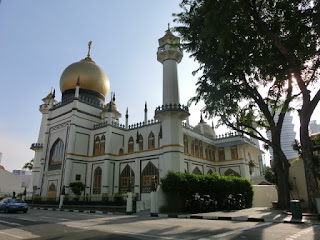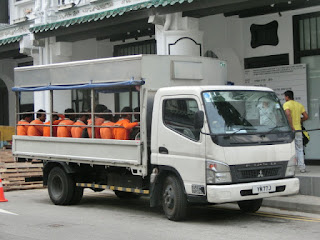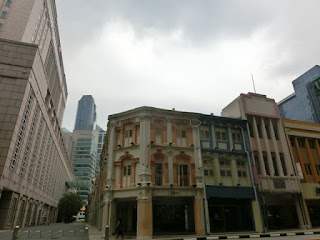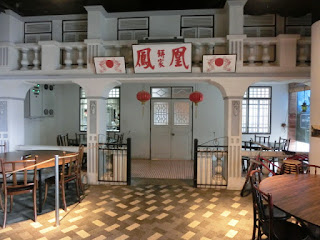Another great walking district is Little
India and Arab Street. Visiting Little
India is a bit like going to New Delhi, except it’s much cleaner in comparison
and there aren’t random animals walking around.
I arrived around the time of Diwali, so there were plenty of glittering
decorations around store fronts and street stalls but my favorites were definitely
the flower garland vendor stalls and sweets shops. Originally a racecourse area frequented by
Europeans and then populated by Indians as cattle trading took off, this is a
great area to try out roti prata and curries.
Even if you don’t eat curry, you’ll come out of the area smelling like
you have!
Arab Street is lined with shops selling
spices and textiles. Back in the late
1800s, the area was owned by an Arab merchant and many Bugis seamen (a major
ethnic group mostly based in the province of Sulawesi, Indonesia) inhabited the
area. Haji Lane in Arab Town is a cute
alleyway that houses quaint second hand shops and bars. Also a must-see is the Masjid Sultan Mosque
which can be spotted from afar. This
majestic Muslim mosque was built by Sultan Hussain Shah of Johore, who signed
the British treaties to give up the island to the British. He built a mosque in his own name but it had
fallen into disrepair by the early 1920s and the one standing was newly
completed in 1928.





















































